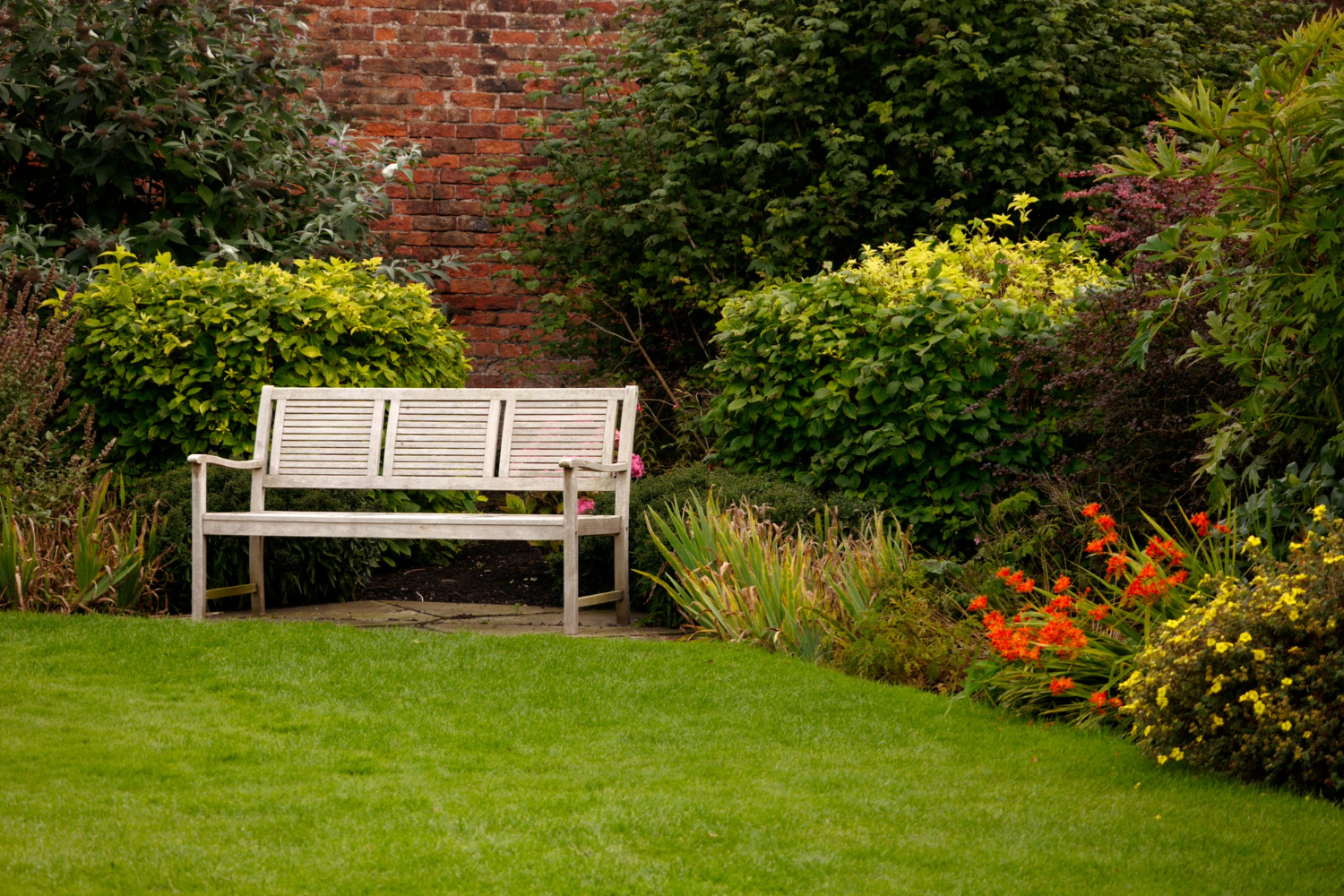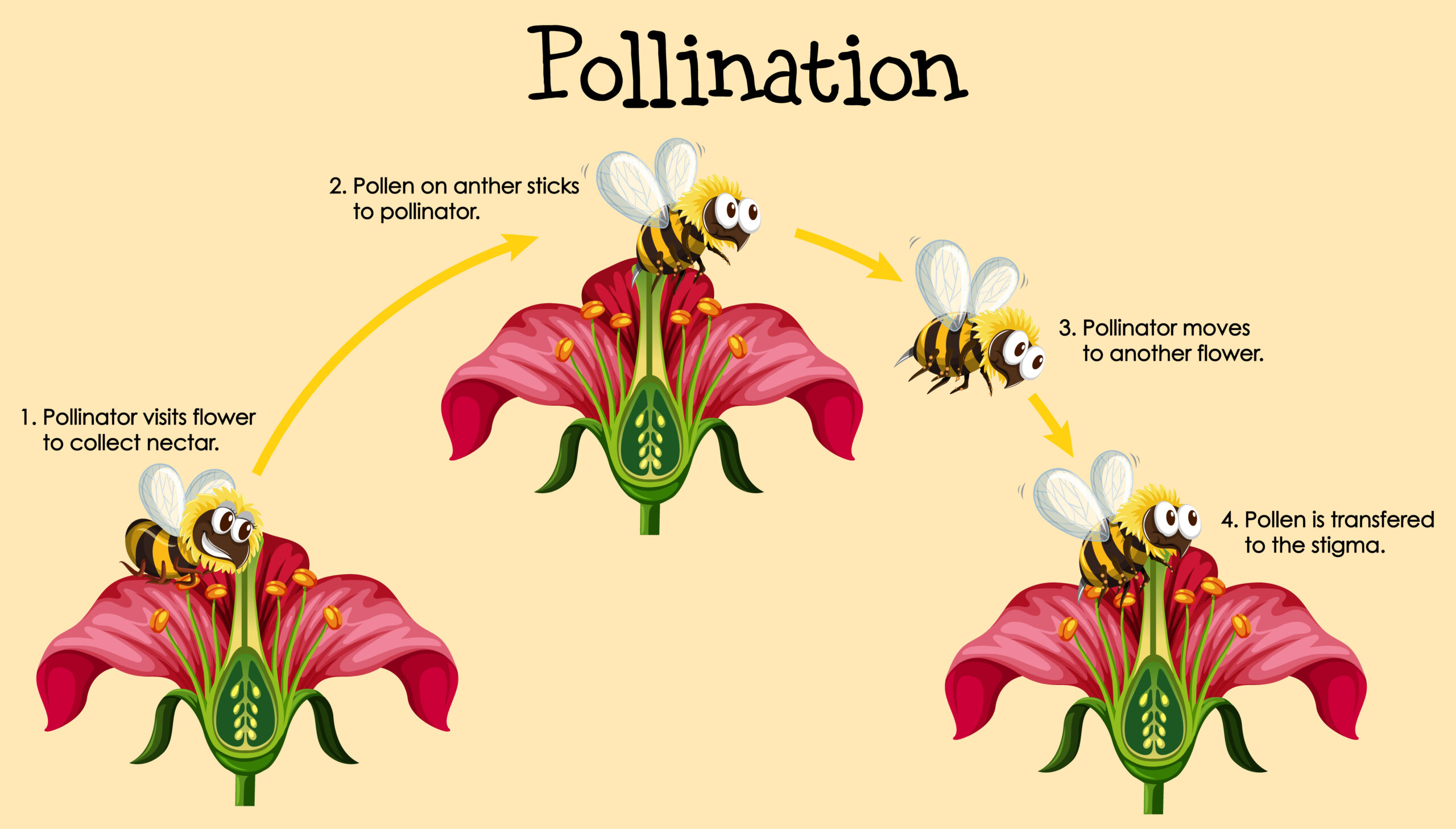Are you tired of a garden that only serves as a pretty backdrop for your home? Why not create a wildlife-friendly garden that is not only beautiful but also provides a home for local wildlife?
By making a few simple changes, you can transform your garden into a place that benefits the environment and supports local ecosystems.
A wildlife-friendly garden is a great way to create a sustainable and natural habitat for animals, birds, and insects. Not only will you be providing a safe haven for creatures that are struggling to survive in the ever-expanding urban environment, but you will also be contributing to the conservation of local wildlife populations.
By creating a garden that is both aesthetically pleasing and ecologically sound, you can enjoy the beauty of nature while also making a positive impact on the environment.
Understanding the Benefits of a Wildlife-Friendly Garden
You’re missing out on the incredible benefits of inviting nature into your backyard if you haven’t considered making a space that welcomes birds and insects.
A wildlife-friendly garden is not only a beautiful addition to your home but also a vital habitat for many species. The benefits of biodiversity are numerous, and creating an ecosystem that supports a variety of plant and animal life is crucial to maintaining a healthy environment.
The ecological importance of wildlife gardens cannot be overstated. They provide a sanctuary for birds, butterflies, and bees, which are essential pollinators for many plants. By creating a space that mimics a natural habitat, you are also contributing to the conservation of endangered species.
A wildlife-friendly garden can also help control pests naturally, reducing the need for harmful pesticides. Furthermore, spending time in nature has been shown to have a positive impact on mental health, reducing stress and anxiety.
So, not only does a wildlife-friendly garden benefit the environment, but it also benefits your well-being.
Choosing Native Plants for Your Garden
Pick plants that are local to your area as they’re a perfect fit for the local wildlife and can hit two birds with one stone.
Plant selection is crucial when creating a wildlife-friendly garden. Not only do native plants provide food and shelter for the local wildlife, but they also have a positive ecological impact on the environment.
Native plants require less water, fertilizer, and maintenance compared to non-native plants. When choosing plants for your garden, consider the local climate, soil type, and sun exposure.
Native plants are adapted to the local conditions, making them more resilient and less prone to diseases and pests. They also support the local ecosystem by providing food and habitat for native insects, birds, and other wildlife.
By planting a variety of native species, you can create a diverse and resilient ecosystem in your backyard. So, go ahead and explore the local nurseries and botanical gardens to discover the beauty and benefits of native plants.
Providing Food and Shelter for Wildlife
By providing food and shelter for the local wildlife, your backyard can become a thriving and diverse ecosystem that supports the local environment.
Attracting pollinators, such as bees, butterflies, and hummingbirds, is a vital part of creating a wildlife-friendly garden. One way to do this is by planting a variety of flowers, shrubs, and trees that bloom at different times of the year. Native plants are especially important as they’ve adapted to the local environment and provide food and shelter for local wildlife.
Building birdhouses is another great way to provide shelter for birds and other small animals. Birdhouses can be made from a variety of materials, including wood, plastic, or metal, and should be placed in areas that are sheltered from the wind and predators.
Make sure to clean out the birdhouses regularly to prevent the build-up of bacteria or parasites. By providing food and shelter for the local wildlife, you can create a beautiful and sustainable garden that’s both beneficial to the environment and enjoyable for you to spend time in.
Reducing Pesticide Use and Chemicals
To make your backyard a healthier environment for all living things, it’s important to reduce your use of pesticides and chemicals.
Many harmful chemicals found in common pesticides can cause serious damage to the ecosystem and ultimately harm the wildlife that you’re trying to attract.
Instead, opt for organic alternatives and natural pest control methods that are much safer for the environment.
One natural pest control method is companion planting. This involves planting certain plants together that can help repel insects and pests without the use of chemicals.
For example, marigolds are known to repel nematodes and other harmful pests, while attracting beneficial insects like ladybugs and bees.
Additionally, encouraging natural predators like birds and reptiles by providing habitat and shelter can also help keep pest populations under control.
Remember, reducing pesticide use not only benefits the environment and wildlife but also ensures a safer and healthier environment for you and your family.
Maintaining Your Wildlife-Friendly Garden
Now that you’ve got your backyard all set up, it’s important to keep it maintained to ensure it remains a welcoming habitat for the local wildlife.
One way to maintain your wildlife-friendly garden is to start composting. Composting is an excellent way to reduce waste and provide a source of nutrients for your plants. You can add fruit and vegetable scraps, leaves, grass clippings, and even coffee grounds to your compost bin.
By composting, you’ll also reduce the amount of waste sent to landfills, which helps the environment.
Another way to maintain your wildlife-friendly garden is to adopt water conservation techniques. One way to do this is to install a rain barrel to collect rainwater. This water can be used to water your garden, reducing the amount of water you use from your hose. You can also choose drought-resistant plants that require less water to thrive.
By reducing your water usage, you’ll not only help the environment but also save money on your water bill.
So, by composting and adopting water conservation techniques, you can keep your wildlife-friendly garden healthy and thriving for years to come.
Conclusion
Congratulations on taking the first step towards creating a wildlife-friendly garden at home! By providing a natural habitat for our furry and feathered friends, you’re not only doing your part in preserving biodiversity but also creating a serene environment for yourself.
Your garden is like a symphony, where every element plays its part in creating beautiful music. The plants provide the notes, the insects the harmony, and the wildlife the melody.
As you tend to your garden, you’ll witness the magic unfold. The buzzing of bees, the flutter of butterflies, and the chirping of birds will be your background music. You’ll feel a sense of pride in knowing that you’ve created a sanctuary where wildlife can thrive, and their presence will be a constant reminder of the wonders of nature.
Remember, your garden isn’t just a plot of land, but a canvas where you can paint a picture of harmony and balance. So, keep nurturing it with love and care, and watch it come to life!









